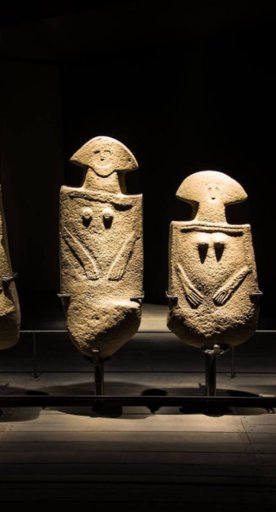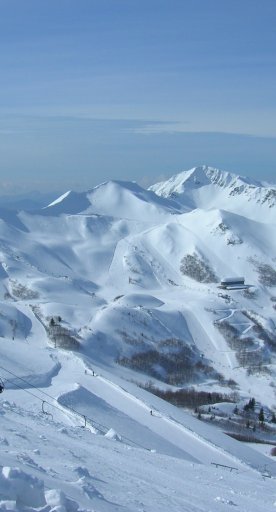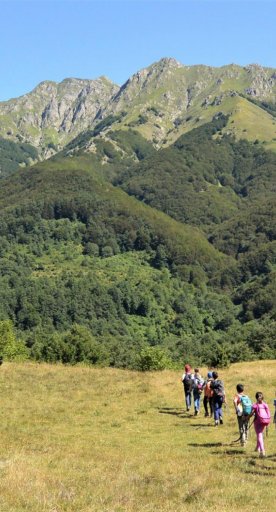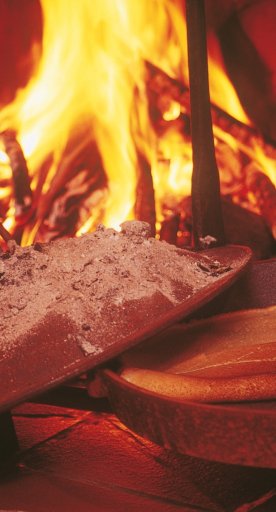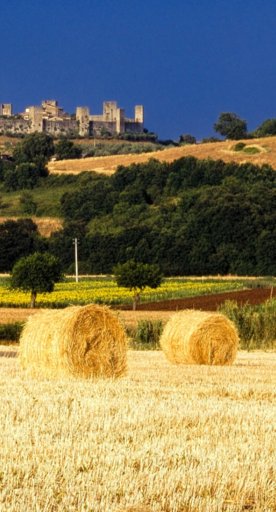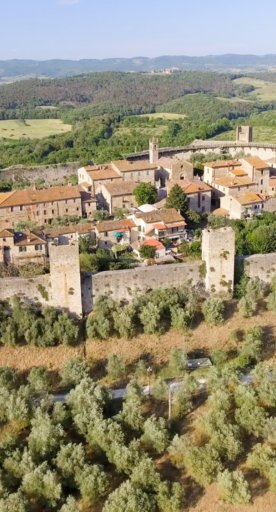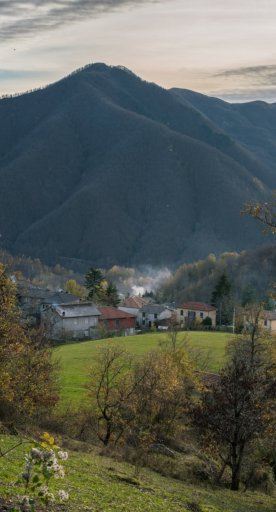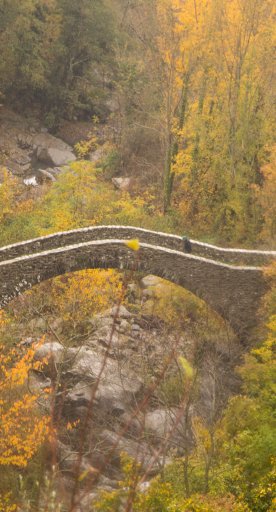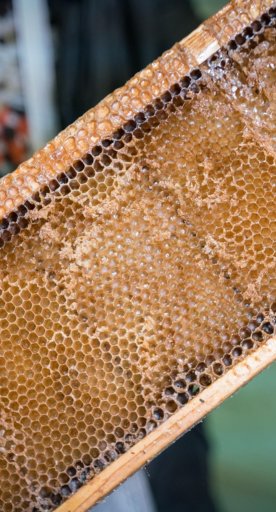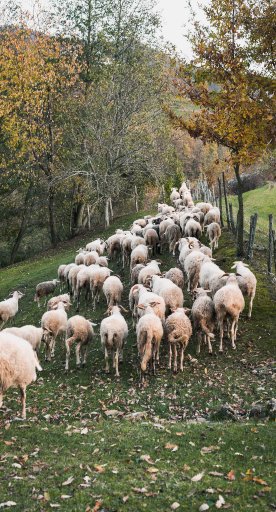
Massa and Carrara, a journey into art, history and food
From the marble museum of Carrara to the Malaspina castle of Massa, what to see and do
Walking in the streets of Massa and Carrara, where the noble Cybo - Malaspina dynasty left the unmistakable mark of Renaissance and Baroque art, means exploring an important cultural and historical heritage.
The oldest part of Carrara, celebrated by Dante in his Divine Comedy, includes the Romanesque-Gothic Cathedral, built entirely in marble, while the Palazzo del Principe Alberico Cybo Malaspina is home to the Academy of Fine Arts.
The Marble Museum and the Centre for Plastic Arts bear witness to the close relationship between the town and its main resource. In the workshops where talented artisans create masterpieces of international fame, you can see by yourself the experience of stone that becomes art.
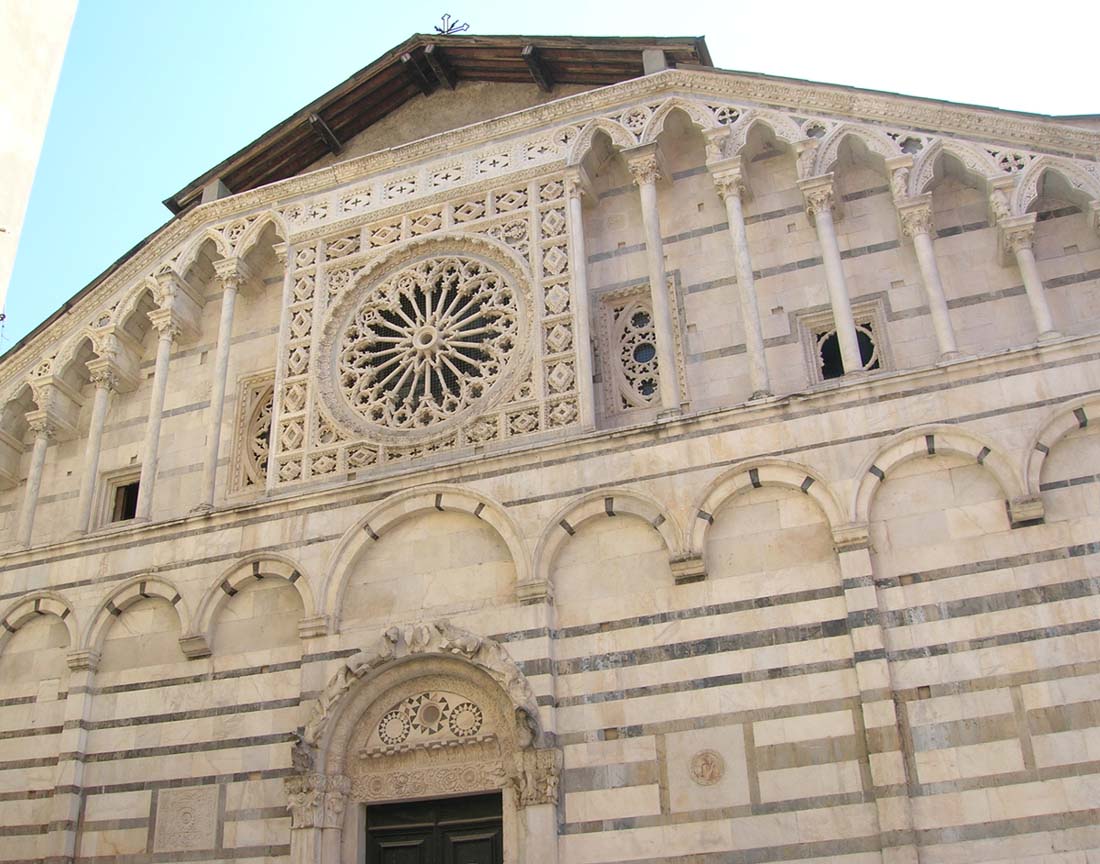
Massa will surprise you with its striking Malaspina Castle, which dominates the city from on high atop a rocky hill, the sumptuous Palazzo Ducale, which overlooks the spectacular Piazza Aranci, and the medieval Duomo, expanded and adorned several times over the course of the centuries. The Diocesan Museum (in the Palazzo Vescovile) safeguards a rich collection of painting and sacred objects from the whole area.
Between the town centre and the marina, in the wonderful setting of the historic Villa La Rinchiostra, a lovely walk focuses on the works of the Massa-born sculptor Gigi Guadagnucci, donated by the artist to his city.
In Montignoso, that borders Versilia, the Aghinolfi Castle, an ancient fortress that is part of the 1000 “Italian Wonders”, stands like a sentinel over an isolated high ground, with views over the coast and the Lago di Porta, a natural protected area.
From the height of ancient towers or along the coast you can enjoy the beautiful sunset.
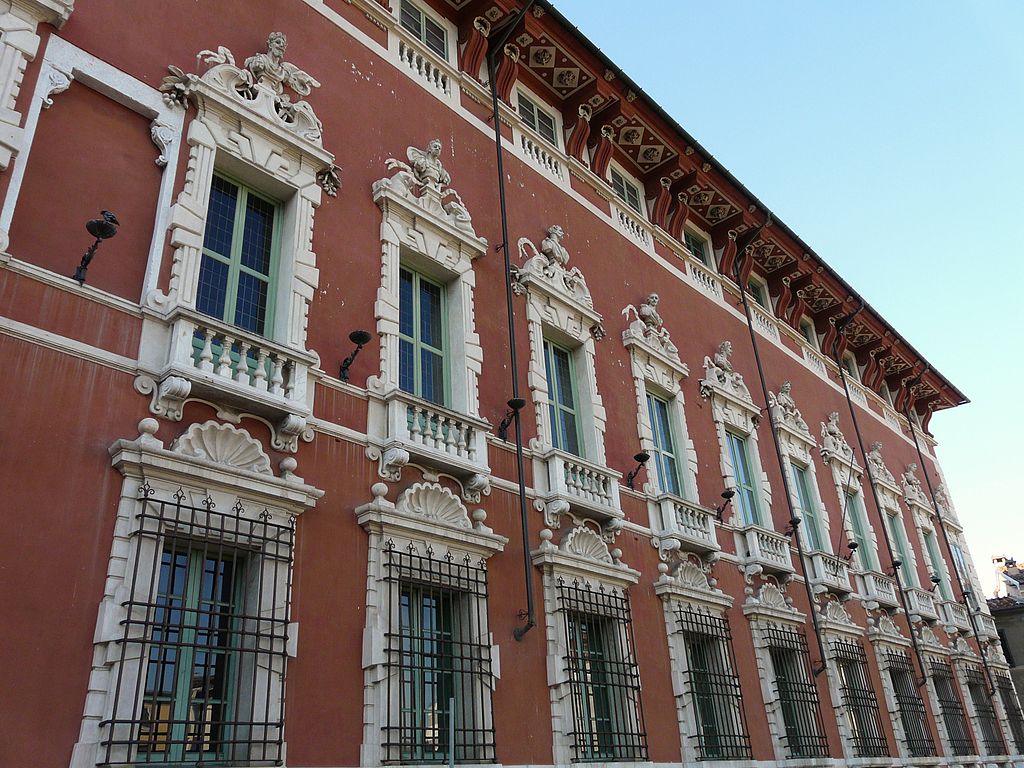
A slow taste tour
What to eat in this area? Rich dishes based on chestnuts or cooked in cast iron pots called “testi” just as they were made 1000 years ago, “testaroli” from Pontremoli served with pesto, porcini mushrooms, wild herb savoury pies, Zeri lamb or panigaccio di Podenzana, cooked in terracotta pots, all eaten with the finest local cured meats and cheeses.
Specialities include Lardo di Colonnata IGP, exquisite Lunigiana PDO acacia and chestnut honey, as well as breads, which are unique and special in terms of their diversity, made from chestnut flour or maize flour and olives, still today baked in a wood-burning stove.

Along the Candia Hills and Lunigiana wine trail, you’ll discover farmhouses and farm accommodation, wine bars and old workshops, where you can stop to taste or buy wine and local specialities, visit wineries and mills and take a walk in the vineyards.
What’s nearby?


